Application Areas
of (functional) electrical stimulation
Functional electrical stimulation (FES)
for infantile cerebral palsy
-for-cerebral-palsy.png?auto=format&sfvrsn=117cb942_22)
EMG-triggered multi-channel electrical stimulation enables the targeted training of child motion sequences. It can be used for muscle weakness, movement disorders, and spasticity, among other things.
Therapy goals
- Increased independence when performing activities suitable for children
- (Re)learning everyday activities
- Functional improvement of upper/lower limbs (arms/legs) & the torso
- Improved gait
- Reducing excessive muscle tension (spasticity)
- Improved sensory functions and kinaesthetic perception
- Increased muscle strength
- Improved active & passive mobility
- Improved bladder and bowel control
- Improved quality of life of the child and family
Areas of application
Patients with:
- Infantile cerebral palsy after early childhood brain damage with diplegia, hemiparesis, hemiplegia, tetraparesis
- brain haemorrhage
- traumatic brain injury
- spina bifida
- complementary botulinum toxin therapy
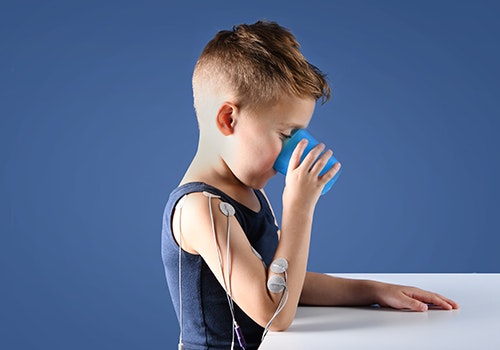
Hand to mouth
(EMG)
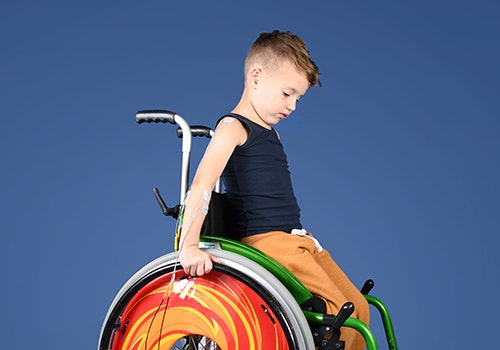
Arm extension/support
(EMG)
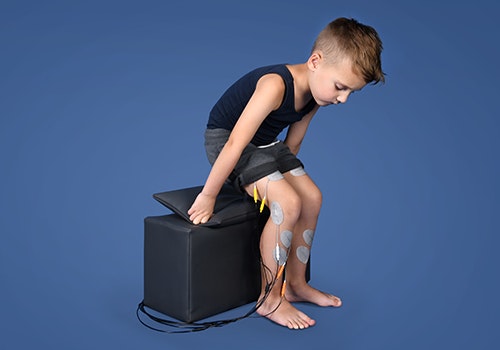
Stand up bilateral
(EMG)
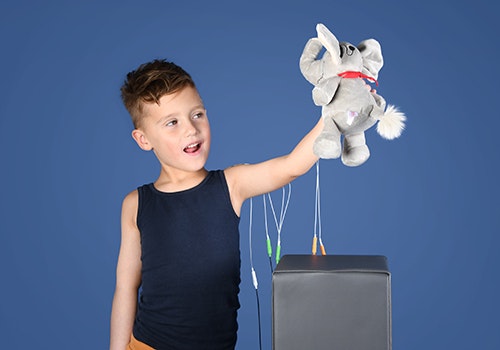
Grasp, lift above shoulder level (EMG)
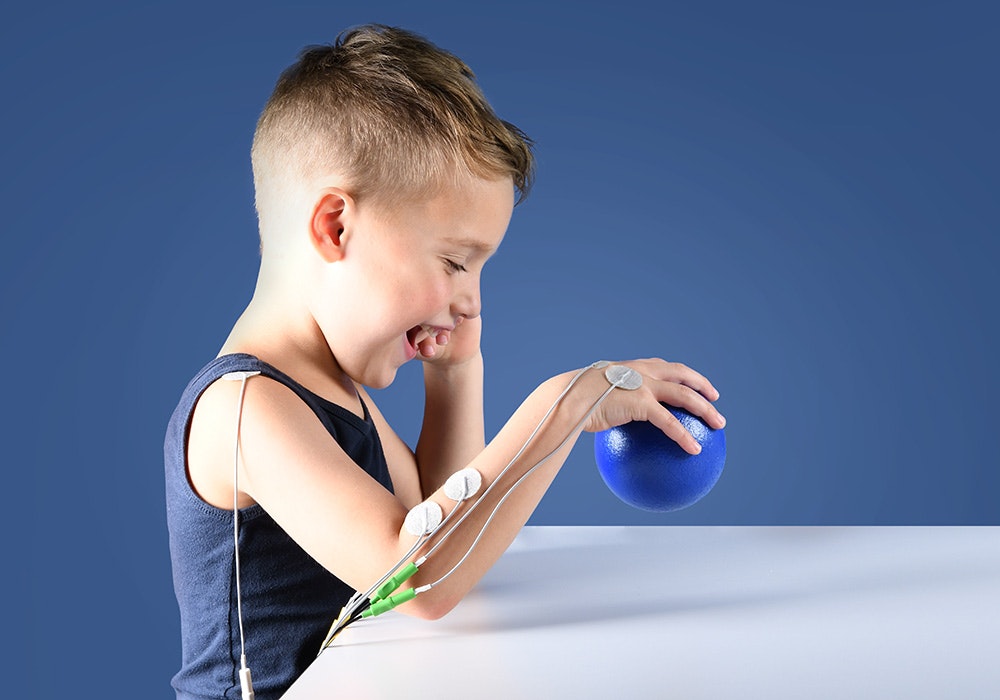
Spherical grasp
(EMG)
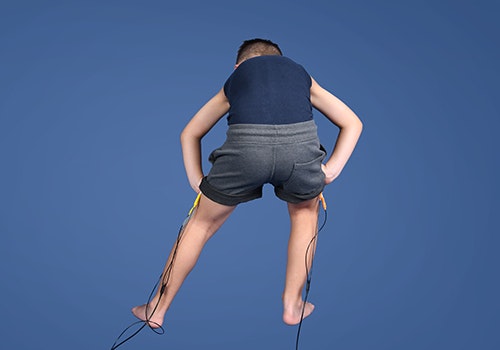
Coordination training - leg (EMG)
Supports the training of movements suitable for children
The measurement of muscle activity using EMG (electromyography) enables the child to start movements voluntarily. The stimulation takes place once a custom activity threshold has been reached. The motor response is improved and thus the correct execution of the movement is supported. Proprioceptive and sensory stimuli have a positive effect on movement control and the learning process.
The STIWELL® enables timely activation and therapeutic training of up to four different muscle groups. Various movements can be practised with a high repetition count. The therapy is based on the effects shown in scientific studies in the re-learning
of functions and activities.
Added benefits of FES therapy
FES is already well-established in the rehabilitation of adults with central neurological damage (Foley et al. 2018; Winstein et al. 2016). In the meantime, this form of therapy is also used on a regular basis in children and adolescents to improve the function of the limbs. Positive effects of FES have been confirmed in young people (Chiu & Ada 2014), and the current is well tolerated even by the youngest (Bosques et al. 2016).
STIWELL® user stories

Lena's mother said:
"... She now uses her right hand more purposefully and actively when playing. Her upper arm muscles are now much firmer than before. She was also well able to use the acquired functions in the gymnastics class in kindergarten..."
Read more
Bosques, G., Martin, R., McGee, L., & Sadowsky, C. (2016). Does therapeutic electrical stimulation improve function in children with disabilities? A comprehensive literature review. Journal of pediatric rehabilitation medicine, 9(2), 83‑99.
Chiu, H. C., & Ada, L. (2014). Effect of functional electrical stimulation on activity in children with cerebral palsy: a systematic review. Pediatric Physical Therapy, 26(3), 283‑288.
Foley N, Mehta S, Jutai J, Staines E, Teasell R. Upper Extremity Interventions chapter 10. EBRSR Evidence-Based Review of Stroke Rehabilitation. Canadian Partnership for Stroke Recovery. Online: http://www.ebrsr.com/sites/default/files/Module-10-upper-extremity_FINAL_16ed.pdf; 20.03.2018
Winstein, C. J., Stein, J., Arena, R., Bates, B., Cherney, L. R., Cramer, S. C., Deruyter, F., Eng, J. J., Fisher, B., Harvey, R. L., Lang, C. E., MacKay‑Lyons, M., Ottenbacher, K. J., Pugh, S., Reeves, M. J., Richards, L. G., Stiers, W. & Zorowitz R. D. (2016). Guidelines for adult stroke rehabilitation and recovery: a guideline for healthcare professionals from the American Heart Association/American Stroke Association. Stroke, 47(6), e98‑e169.
